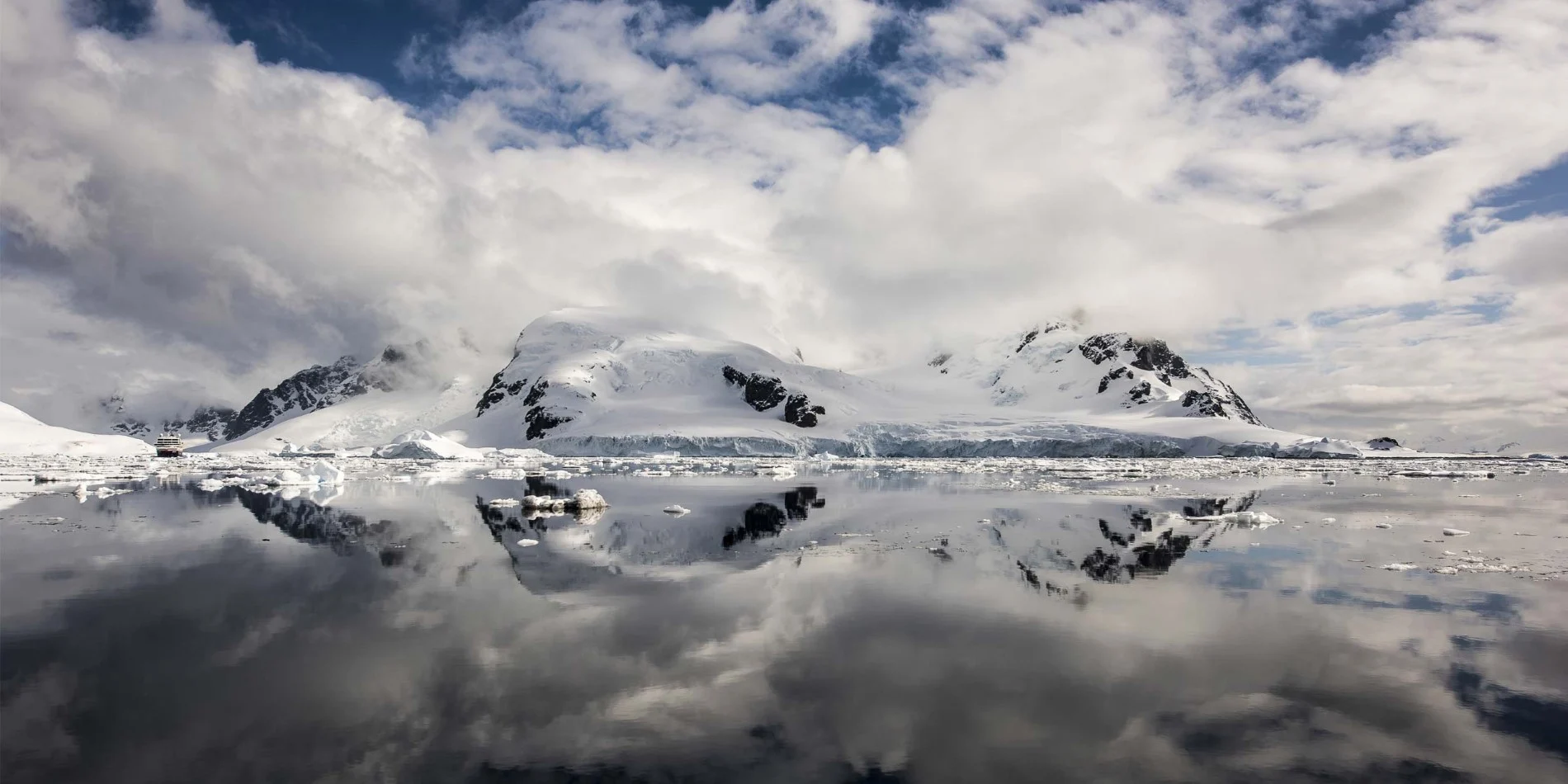Antarctica
The "White Continent" may be the coldest, windiest, driest and most remote continent on earth. But a desolate, snow-covered wasteland it's not. It boasts the world's largest concentration of marine wildlife. Hundreds of thousands of penguins call it home. So do six species of seals, nine types of whales and such amazing birds as the graceful wandering albatross.
The history of Antarctic exploration includes the famous race for the South Pole, as well as one of the greatest survival stories of all time. In 1914, Sir Ernest Shackleton and his crew set sail aboard the Endurance on a quest to be the first to cross the southernmost continent over land. They abandoned their attempt when they lost their ship. Incredibly, thanks to Shackleton's courage and determination, all crew members survived the harrowing ordeal.
Most cruise ships today visit the South Shetland Islands and the 1,000-mile long Antarctic Peninsula. Think of it as the tip of the iceberg when it comes to the entire continent. Antarctica covers almost one-tenth of the earth's surface. Put another way, it is 1.5 times the size of the United States, including Alaska. Last year, nearly 20,000 tourists traveled here, a small number compared to Alaska's 700,000 cruise visitors. Approximately one third came from the U.S. German travelers ranked second, closely followed by British adventure seekers.
There's never a dull moment on a cruise to the bottom of the world. You can expect to see three types of penguins -- chinstrap, gentoo and Adelie -- though macaroni penguins are fairly rare in these parts. Finding an emperor penguin this far north is also highly unlikely, but it does happen. Seals are commonly found on the beaches, on icebergs and in the water. Did you know that elephant seal pups gain about 120 pounds in the first three weeks after they're born? That works out to a quarter pound per hour!
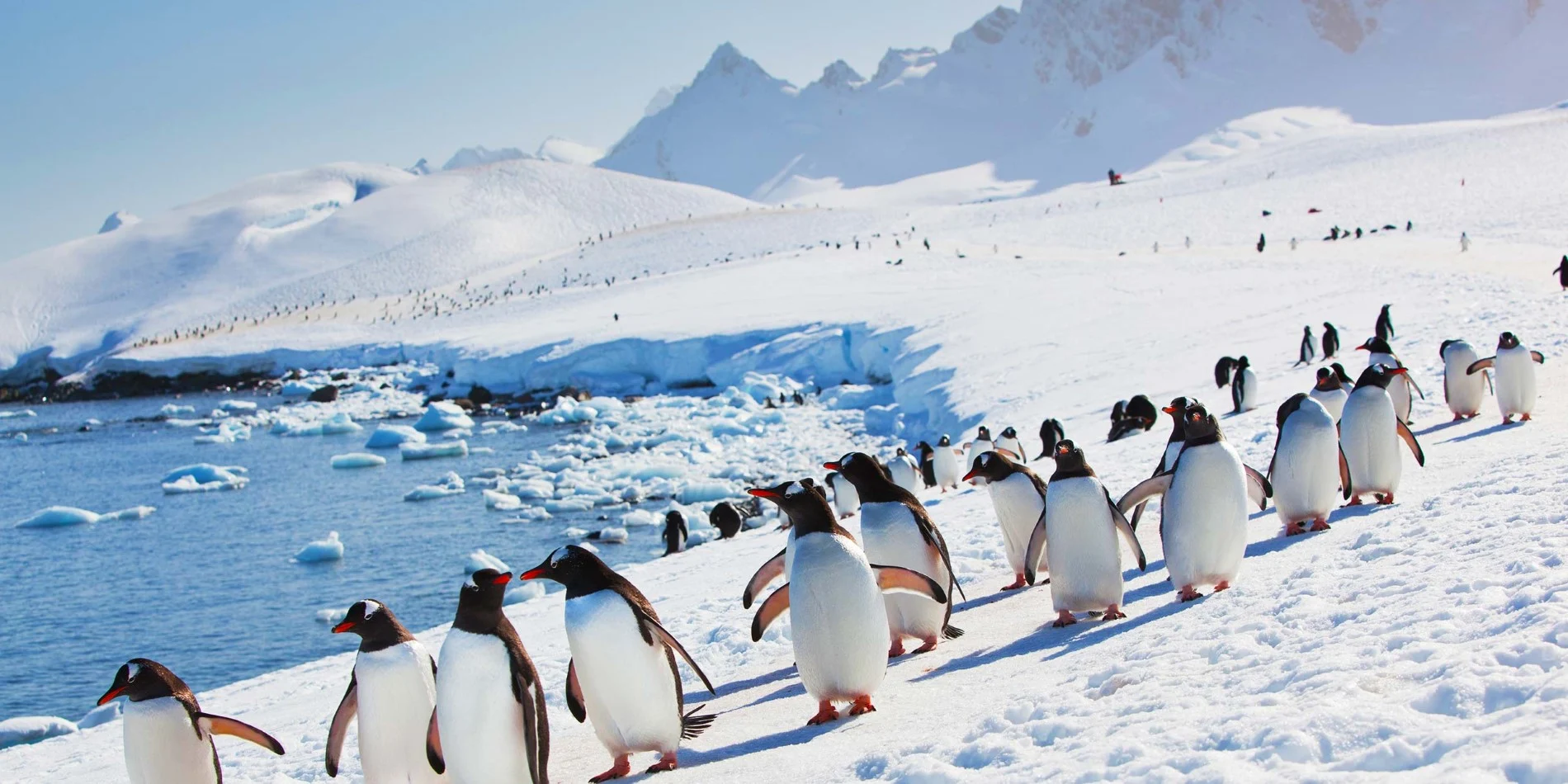
Along with remarkable marine life, the truly awesome scenery and enormous icebergs are trip highlights. Immense, flat tabular icebergs break off from frozen ice shelves in huge chunks. A tabular berg can measure 100 miles in length. You have to see these monsters to believe them. There's so much ice in a berg that one can drift for years before finally melting completely.
Who goes there?
Ships visiting Antarctica come in four distinct varieties: small icebreakers, small expedition ships with ice-hardened hulls (some in the luxury class), medium-size ships and large cruise ships. All but the big guys carry inflatable landing craft (usually Zodiacs) so that passengers can venture off the ship and actually set foot on land. Large ships offer two to three days of scenic cruising with no landings Medium size ships often reduce the number of passengers on Antarctica itineraries, giving everyone more Zodiac time and on-land opportunities. Hurtigruten's Nordnorge carries 350, while Orient Lines' Marco Polo takes 400, both about half the usual number. Voyages of Discovery's MV Discovery takes 650, but advertises just two landings per person.
Once you reach Ushuaia, there are two primary options for your actual cruise. The majority of cruises (Hanseatic, Orion) are about 11-14 nights at sea, and include the Antarctic Peninsula and the South Shetland Islands located off its tip. The second option (up to 17 nights at sea on Explorer II) adds the Falkland Islands, where you can add king penguins to your wildlife sighting list, and South Georgia, where Shackleton is buried.
In the end, where you go is entirely weather-dependent. If it's too windy and dangerous to land the Zodiacs at one spot, the captain will sail to another landing.
In the large ship category, on lines such as Holland America or Princess, the journey to Antarctica takes about six nights during an around-the-horn South America cruise. Remember, you won't have the opportunity to get off the ship in Antarctica.
Big ship or small, to reach Antarctica from South America, there's no getting away from sailing across the Drake Passage, roughly 36 hours of rough seas and gale-force winds. And you have to endure it coming and going! There's a reason it's called expedition cruising. Of course, you could get lucky and have a smooth ride. But come prepared. Bring a supply of seasick patches or pills.
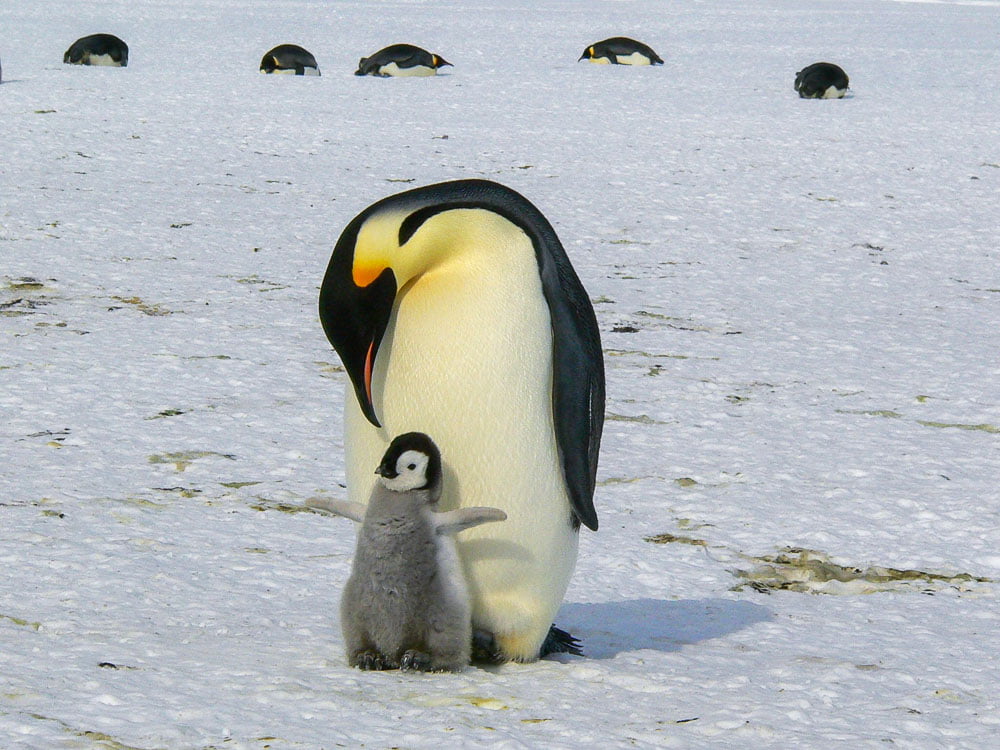
Extending Your Cruise Adventure
As mentioned, ships generally depart from the port of Ushuaia, Argentina, with a charter flight taking you on the final leg south after you spend an overnight in Buenos Aires or Santiago. One night isn't nearly enough time to explore either of these vibrant cities. It pays to add a few days, or even a week on your own in Buenos Aires or in Santiago. You won't regret it.
When To Go
When it's winter up north, it's summer way down south. The Antarctic cruise season begins in mid-November and lasts to March. You're likely to experience a wide variety of weather conditions -- rain, snow, sleet and sunny skies. Temperatures seem to change by the hour, ranging from a relatively mild 40 degrees to freezing and below zero when wind chill is considered.
If you want to see penguins bustling about repairing nests and sitting on eggs, go in early December. From about mid-January on, the chicks are in the cute, fluffy stage.
What To Pack
Essential clothing for Antarctica includes a winter parka, waterproof pants (to keep you dry while riding in a wet Zodiac), a pair of knee-high rubber boots (for wet landings), two pairs of warm gloves (again one to keep dry when the other pair gets wet) and a wool hat. Don't leave home without any of these. You'll also need ski-type underwear, heavy socks, sweaters and wool pants or sweatpants (to wear under your waterproof layer). You won't need hiking boots, as you will always go to shore in your rubber boots.
If you're taking photos (almost everyone does), you'll need a waterproof backpack to carry your gear in the Zodiac.
Check with your cruise line to see if parkas and/or boots are supplied on board for passengers to borrow. A few upscale ships even supply a parka that you get to take home after the cruise.
Landing Highlights
There are no ports of the usual kind in Antarctica. No cafes. No shops. No towns. No people, except at a handful of research stations. Most ships drop anchor and take passengers by Zodiac to roughly the same spots. These shore excursions are included in the cruise fare.
Elephant Island, now the habitat of chinstrap and gentoo penguins, is where Shackleton's crew was stranded while he took five of his men in search of help. The whole crew was eventually rescued from the island, but not before they had spent the winter there.
Deception Island is the place to have your photo snapped while "swimming" in Antarctica. Actually, it's more of a dip than a swim, and a quick one at that. You wear a bathing suit (under your parka while riding in the Zodiac), run in the water and stay warm long enough for a photo. The shallow area near shore contains thermal springs, thanks to volcanic activity. You're right in the caldera (it looks like Oregon's Crater Lake), and this is considered a live one! Deception Island also has the remains of an abandoned British Antarctic Survey base and crumbling boilers from a Norwegian whaling operation. Whalers used the place from 1910 to 1931.
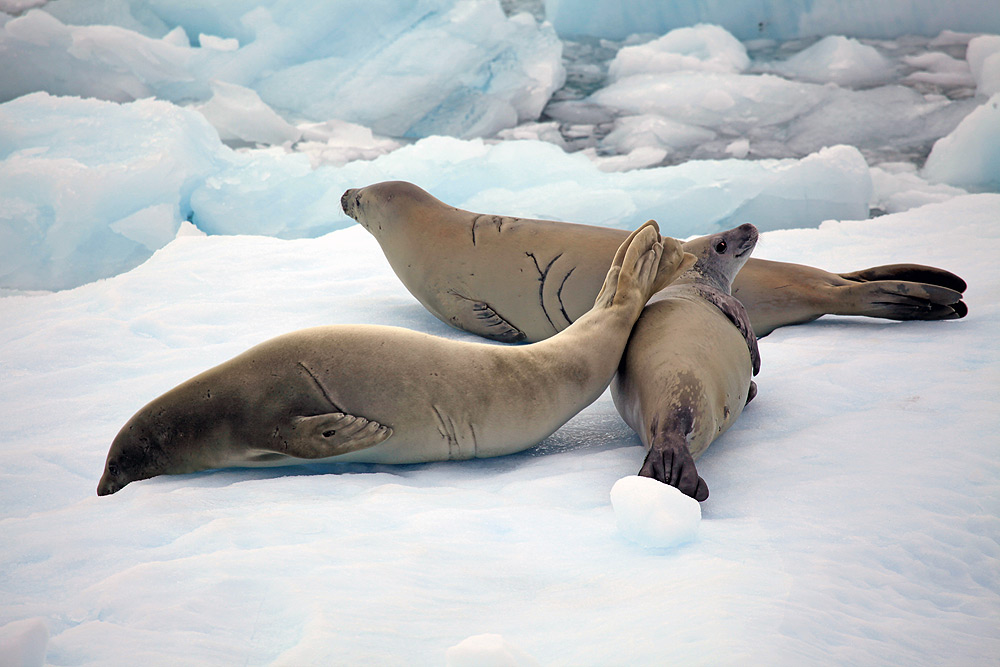
The British station at Port Lockroy on Wienke Island was secretly established by Churchill during World War II. Its function was to report enemy activity and provide weather reports. The rustic, historic building is manned by three people each summer. They monitor the effects of visitors on the penguin rookeries. The building is part museum, part shop. Get your cash ready. They sell post cards, souvenir patches and pins that you won't find anywhere else.
Half Moon Island is the site of an Argentine research station and the wreck of an old wooden whaling boat. It's also home to gentoo penguins. You'll find fur and elephant seals lazing on the beach.
The Lemaire Channel is one of the most spectacularly gorgeous waterways on the planet. It's obvious why it is nicknamed Kodak Gap. Think mountain peaks capped with pristine white snow, ice-blue bergs and clear, sapphire seas. This is not a landing, but the Zodiacs may be lowered for passengers to take photos of the ship and the dramatic background.
Day By Day Itinerary
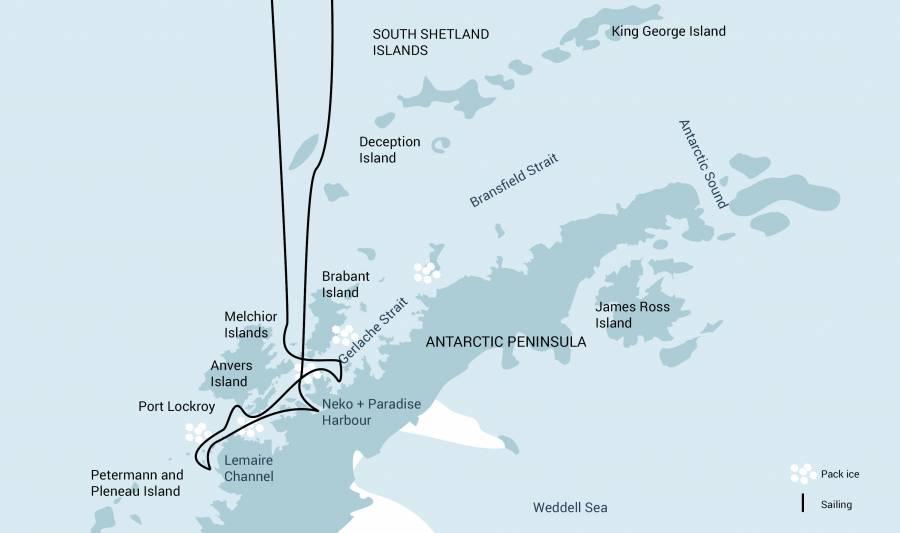
Adventures in the Forest
Traveling to the farthest reaches of the world doesn’t mean you can’t be comfortable. Our Expedition Ships offer adventure combined with the service and many of the amenities of a classic passenger vessel. The outstanding cuisine may vie with the landscape and wildlife for your attention. You’re traveling in the wake of history’s greatest explorers, with steak in place of pemmican. These expeditions provide quality and value at a good price.
Classic Antarctica: Discovering the Peninsula.
Day 1: End of the world, start of a journey
Your voyage begins where the world drops off. Ushuaia, Argentina, reputed to be the southernmost city on the planet, is located on the far southern tip of South America. Starting in the afternoon, you embark from this small resort town on Tierra del Fuego, nicknamed “The End of the World,” and sail the mountain-fringed Beagle Channel for the remainder of the evening.
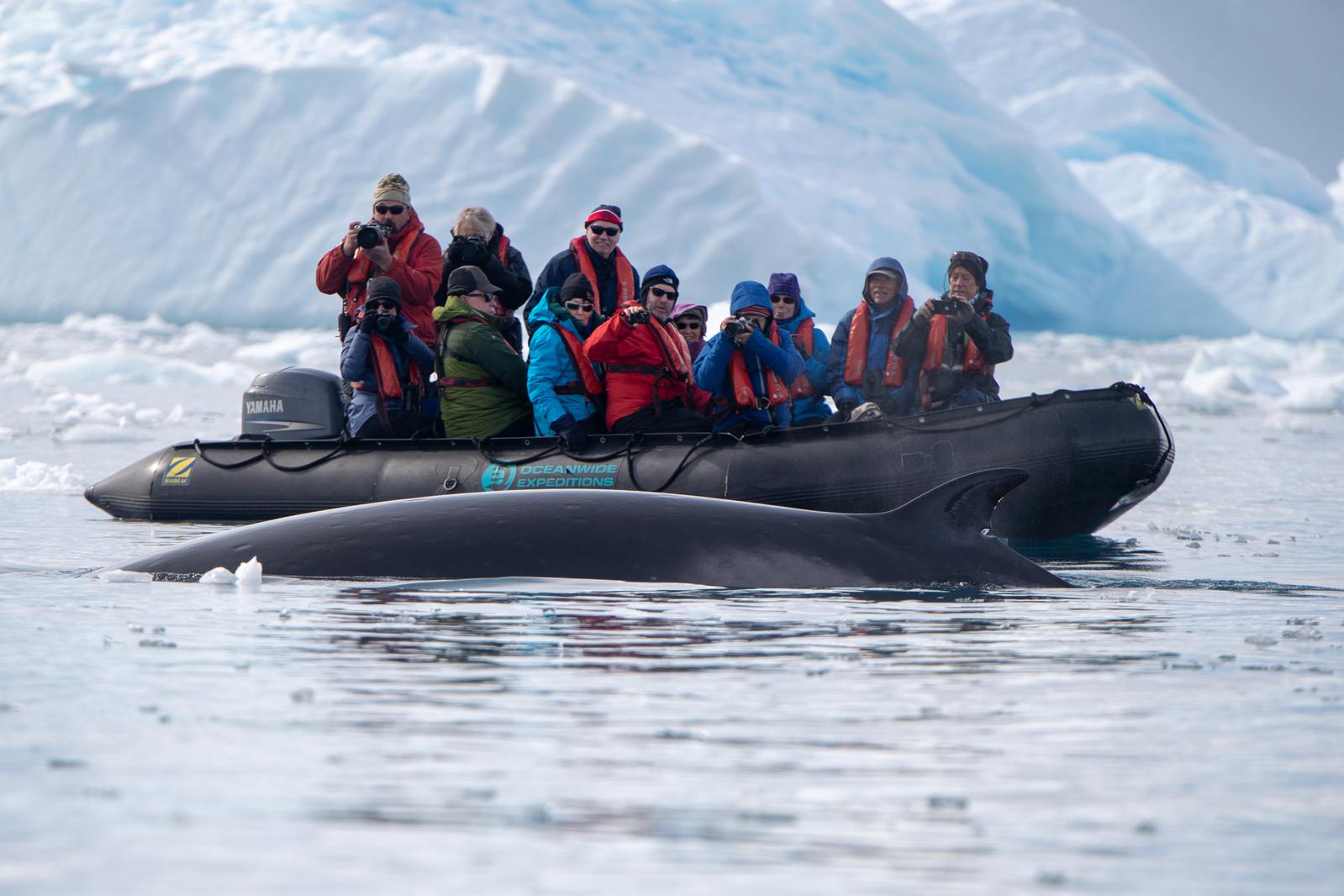
Day 2 - 3: Path of the Polar Explorers
Over the next two days on the Drake Passage, you enjoy some of the same experiences encountered by the great polar explorers who first charted these regions: cool salt breezes, rolling seas, maybe even a fin whale spouting up sea spray. After passing the Antarctic Convergence – Antarctica’s natural boundary, formed when north-flowing cold waters collide with warmer sub-Antarctic seas – you are in the circum-Antarctic upwelling zone. Not only does the marine life change, the avian life changes too. Wandering albatrosses, grey-headed albatrosses, black-browed albatrosses, light-mantled sooty albatrosses, cape pigeons, southern fulmars, Wilson’s storm petrels, blue petrels, and Antarctic petrels are a few of the birds you might see.
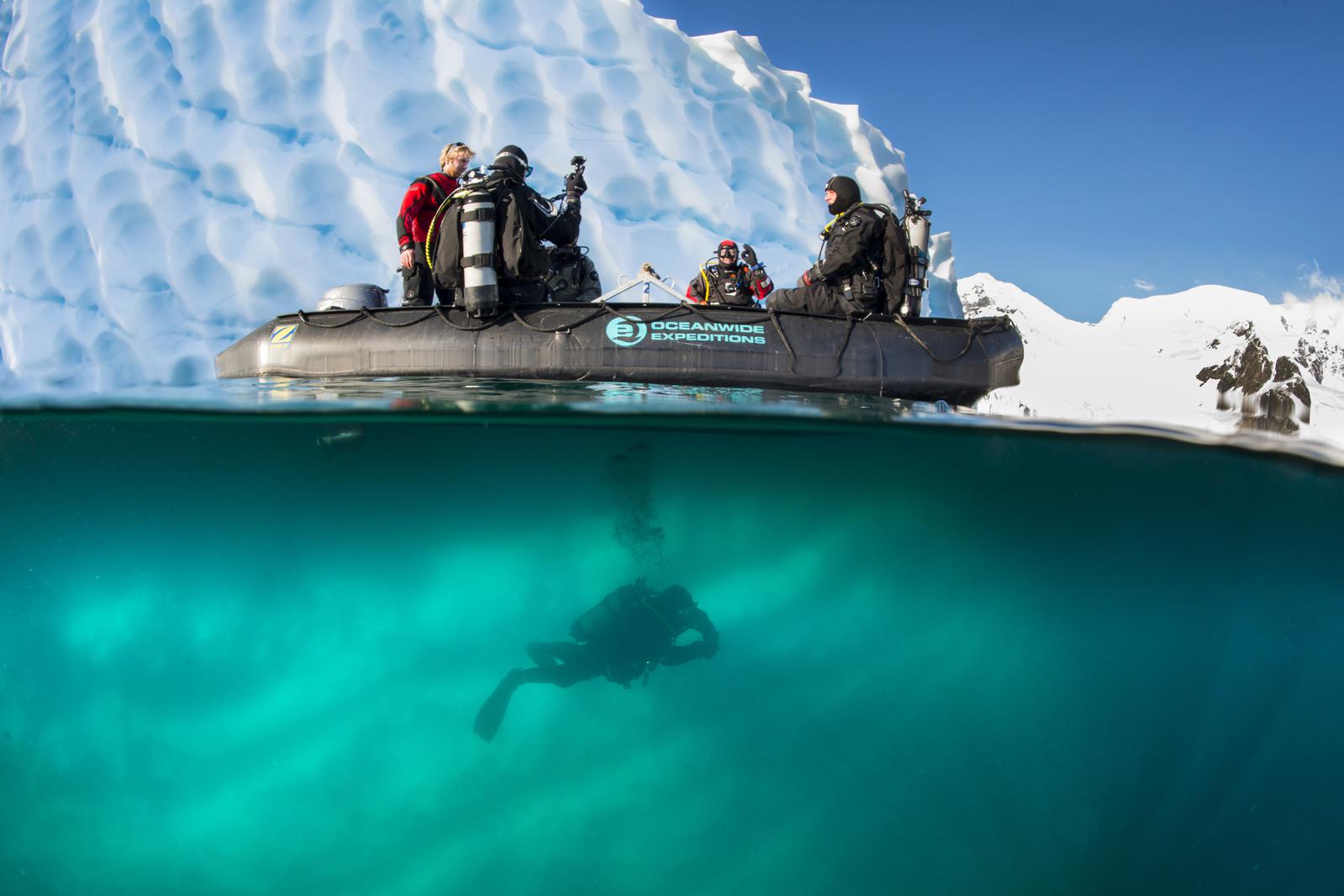
Day 4 - 7: Entering Antarctica
Gray stone peaks sketched with snow, towers of broken blue-white ice, and dramatically different wildlife below and above. You first pass the snow-capped Melchior Islands and Schollaert Channel, sailing between Brabant and Anvers Islands.
Sites you may visit include:
Danco Island – Activities here may focus on the gentoo penguins nesting on the island, in addition to the Weddell and crabeater seals that can be found nearby.
Neko Harbour – An epic landscape of mammoth glaciers and endless wind-carved snow, Neko Harbour offers opportunities for a Zodiac cruise and landing that afford the closest views of the surrounding alpine peaks.
Paradise Bay – You may be able to take a Zodiac cruise in these sprawling, ice-flecked waters, where there’s a good chance you’ll encounter humpback and minke whales.
Pléneau & Petermann Islands – If the ice allows it, you could sail through the Lemaire Channel in search of Adélie penguins and blue-eyed shags. There is also a possibility you’ll encounter humpback and minke whales here, as well as leopard seals.
Port Lockroy – After sailing through the Neumayer Channel, you may get a chance to visit the former British research station – now a museum and post office – of Port Lockroy on Goudier Island. You may also be able to partake in activities around Jougla Point, meeting gentoo penguins and blue-eyed shags. There are great opportunities also for kayaking and camping here, and when conditions are right, you can even snowshoe around the shore.
Wilhelmina Bay & Guvernøren – This is a great place to spot humpback whales. You also may embark on a Zodiac cruise ending at the ghostly wreck of the Guvernøren, a whaling vessel that caught fire here in 1915. Around the Melchior Islands, amid a frozen landscape peopled with icebergs, you may encounter even more whales, leopard seals, and crabeater seals.
Conditions on the Drake Passage determine the exact time of departure.
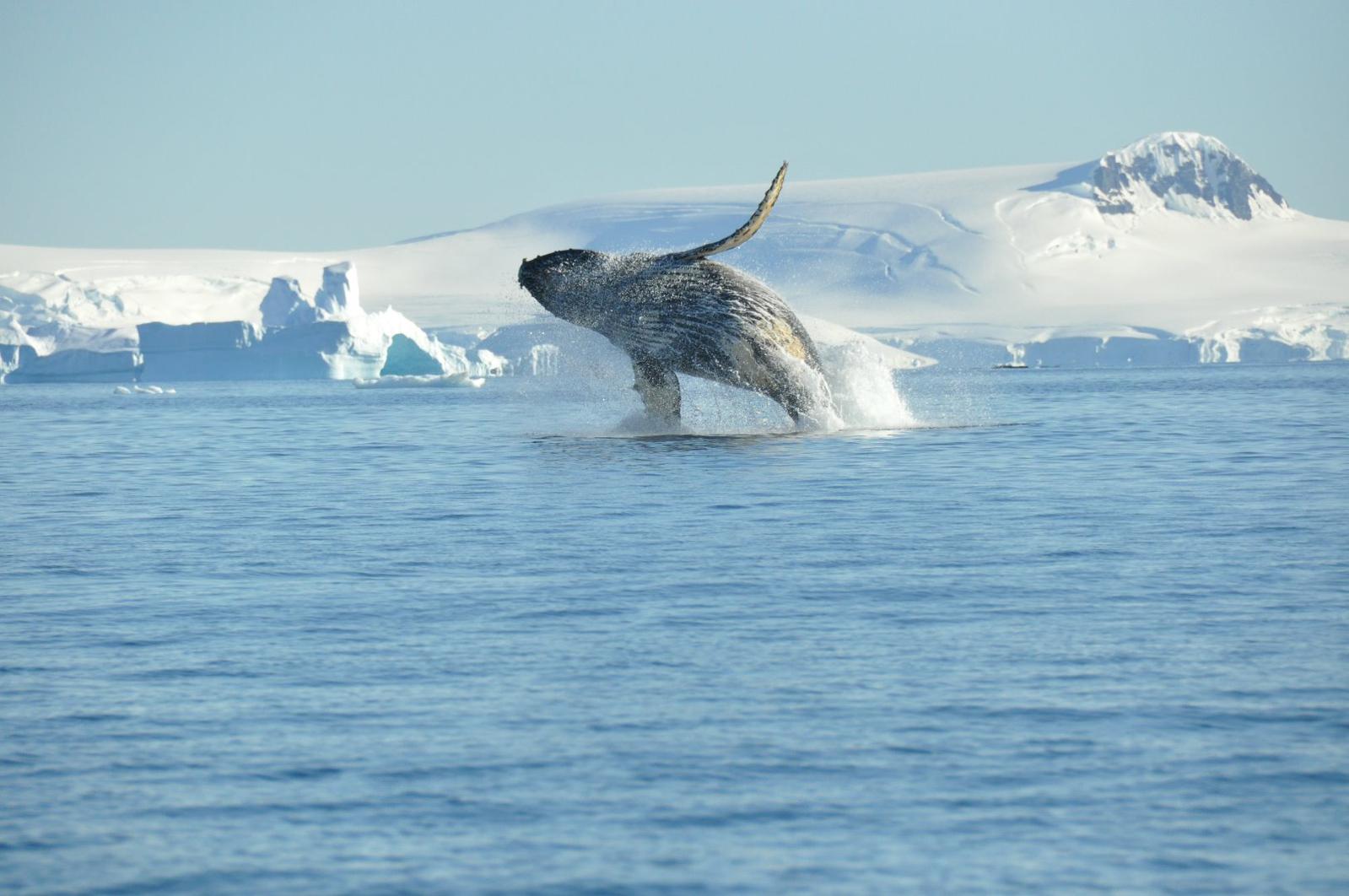
Day 8 - 9: Familiar seas, familiar friends
Your return voyage is far from lonely. While crossing the Drake, you’re again greeted by the vast array of seabirds remembered from the passage south. But they seem a little more familiar to you now, and you to them.
Day 10: There and back again
Every adventure, no matter how grand, must eventually come to an end. It’s now time to disembark in Ushuaia, but with memories that will accompany you wherever your next adventure lies.
INCLUSIONS
- Voyage aboard the indicated vessel as indicated in the itinerary
- All meals throughout the voyage aboard the ship including snacks, coffee and tea.
- All shore excursions and activities throughout the voyage by Zodiac.
- Program of lectures by noted naturalists and leadership by experienced expedition staff.
- Free use of rubber boots and snowshoes.
- Luggage transfer from pick-up point to the vessel on the day of embarkation, in Ushuaia.
- Pre-scheduled group transfer from the vessel to the airport in Ushuaia (directly after disembarkation).
- All miscellaneous service taxes and port charges throughout the programme.
- Comprehensive pre-departure material.
EXCLUSIONS
- Any airfare, whether on scheduled or charter flights
- Pre- and post- land arrangements.
- Passport and visa expenses
- Government arrival and departure taxes.
- Meals ashore.
- Baggage, cancellation and personal insurance (which is strongly recommended).
- Excess baggage charges and all items of a personal nature such as laundry, bar, beverage charges and telecommunication charges.
- The customary gratuity at the end of the voyages for stewards and other service personnel aboard (guidelines will be provided).
NOTE: Embracing the unexpected is part of the legacy—and excitement—of expedition travel. When traveling in extremely remote regions, your expedition staff must allow the sea, the ice and the weather to guide route and itinerary details. This itinerary is a tentative outline of what you’ll experience on this voyage; please be aware that no specific itinerary can be guaranteed.







